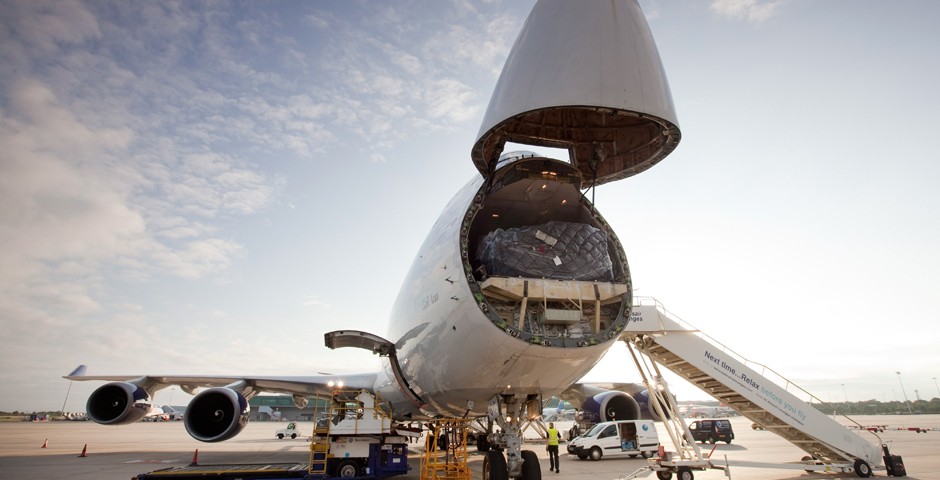Freight Modalities (5): Air

Air transportation is the last of the main commercial mechanical transportation options. Transport buyer can be by freight specialising aircraft or by passenger- carrying airline. Certain products require very high speed transportation. Perishable items sourced overseas will likely be non-consumable the transported by any other mode.
Advantages of Air
- Very high speed. Aircraft offer the fastest form of vehicular transfer of goods.
- Airlines and air freight carriers operate to very exacting standards of safety and efficiency. Air supporting infrastructure is also operated to extremely high standards of safety and security.
- In certain situations, rotor drones and helicopters can deliver goods to locations that are inaccessible by any other means. For example, road may be unavailable in regions hit by earthquakes. Similarly, in flood situations, emergency aid could be required by people taking refuge at high altitude.
- Lightweight packaging is usually sufficient for most airfreight-appropriate goods.
Disadvantages of Air
- Air transport is by far the most costly mode of freight carriage on a per mile basis.
- Weather conditions can cause aircraft to be diverted or delayed. Weather conditions and other natural events, such as volcano plumage, can severely disrupt air traffic.
- Weight and size are significant limitations on air cargo.
- Similar to rail, air suffers from the last mile dilemma. Most air transportation is not point-to-point (humanitarian interventions are possible exception), so this modality is effective only when combined with road or some other surface modality.
- Ground handling can be time-consuming, especially in poorly equipped or understaffed air terminals or airports.
- Theft of airfreight is a significant issue. Many items that are transported by air are high-value, low bulk. Pilfering is a major problem, exacerbated by the large numbers of relatively unchecked, temporary staff working in handling positions at many airports in the European Union.
